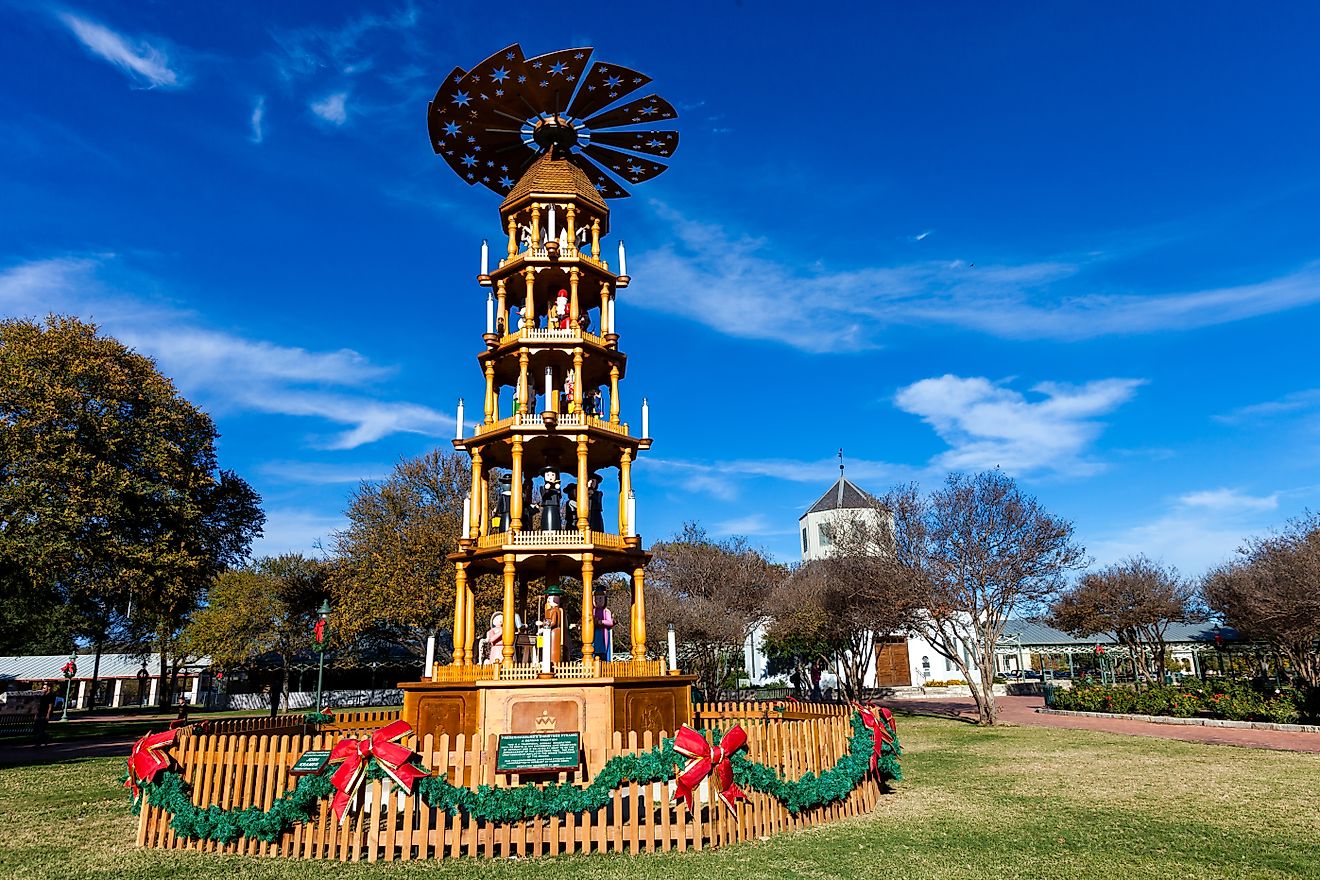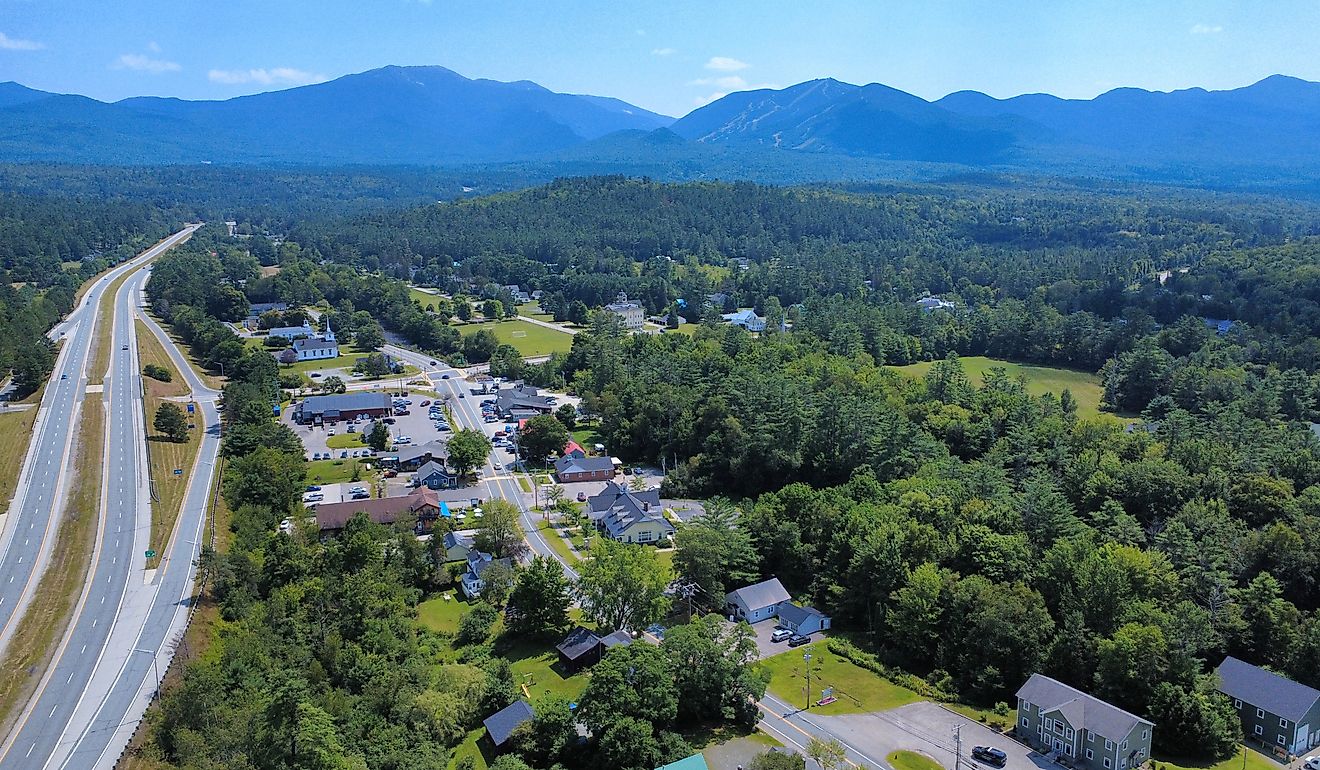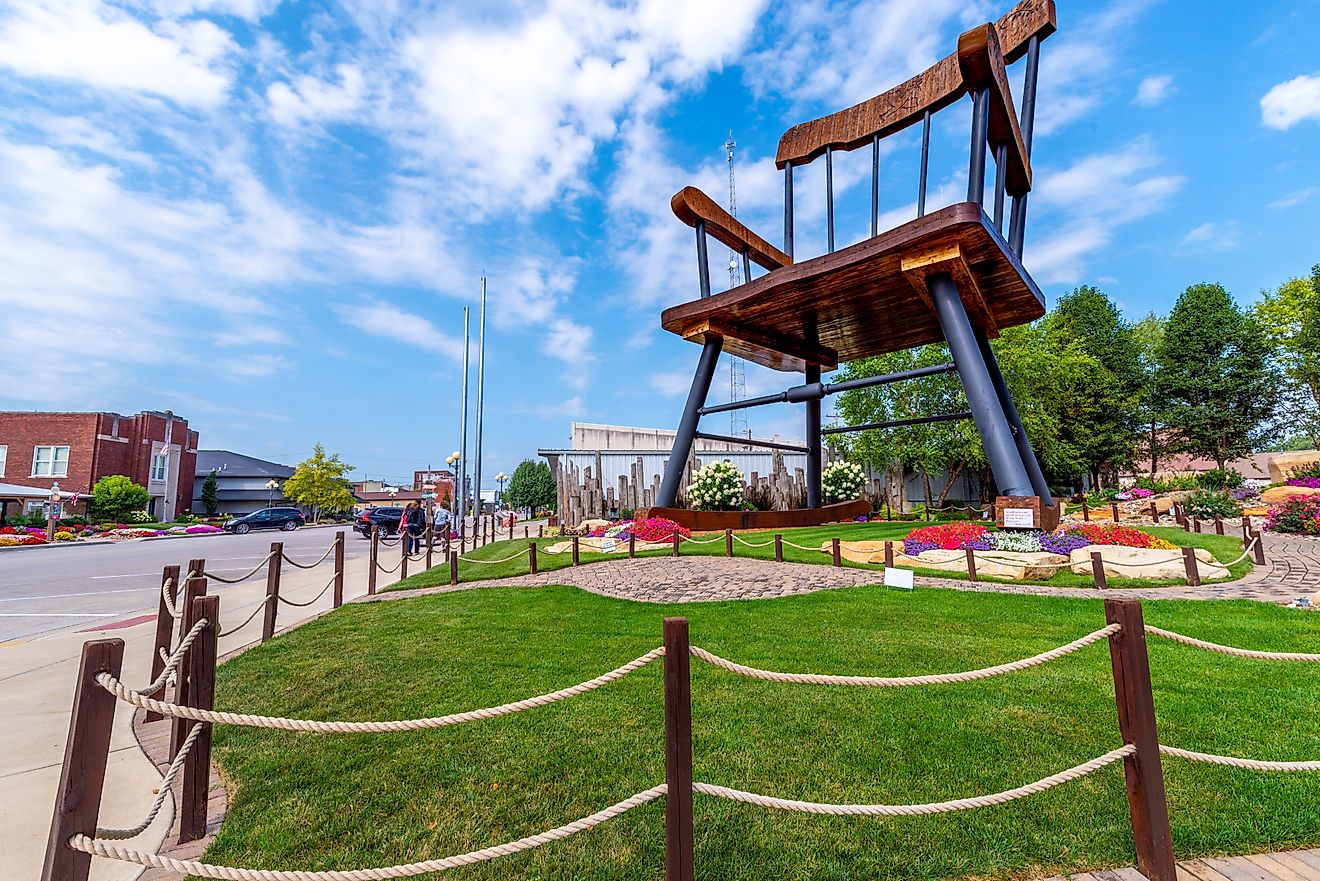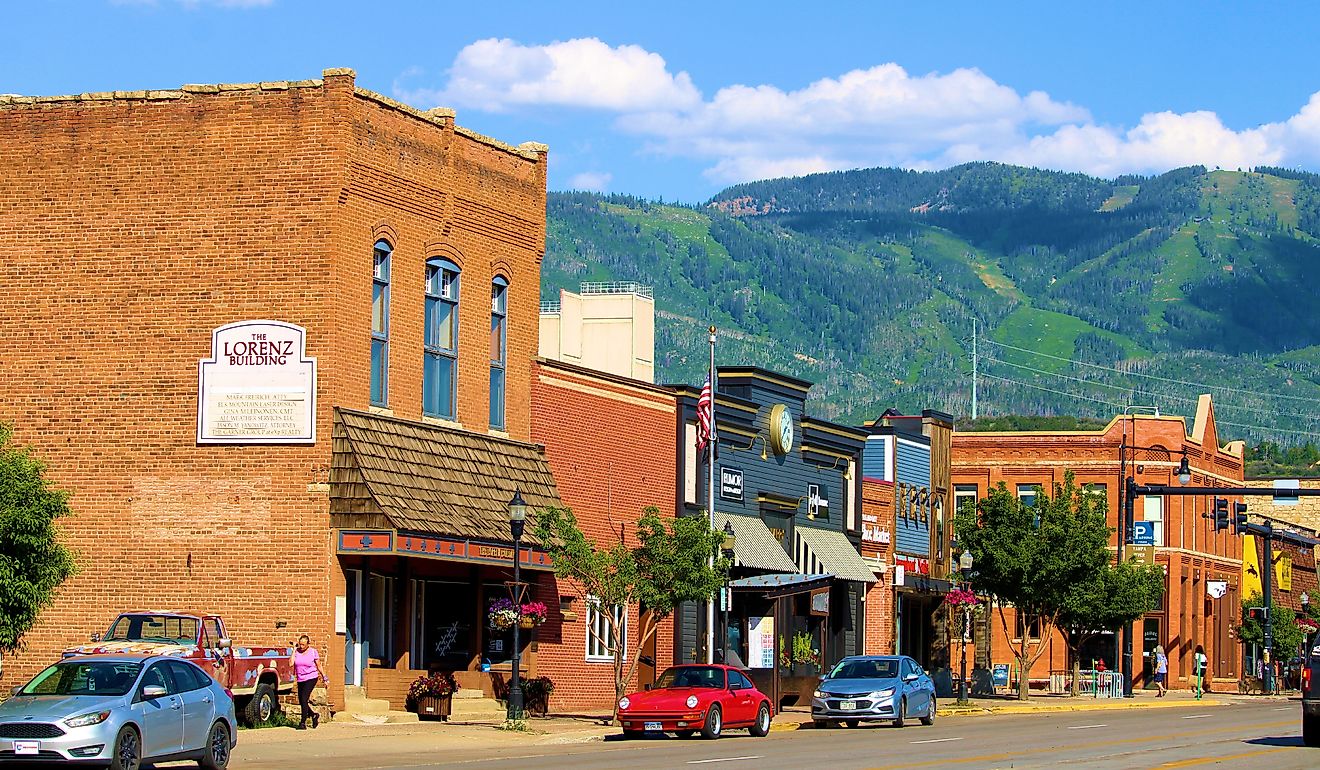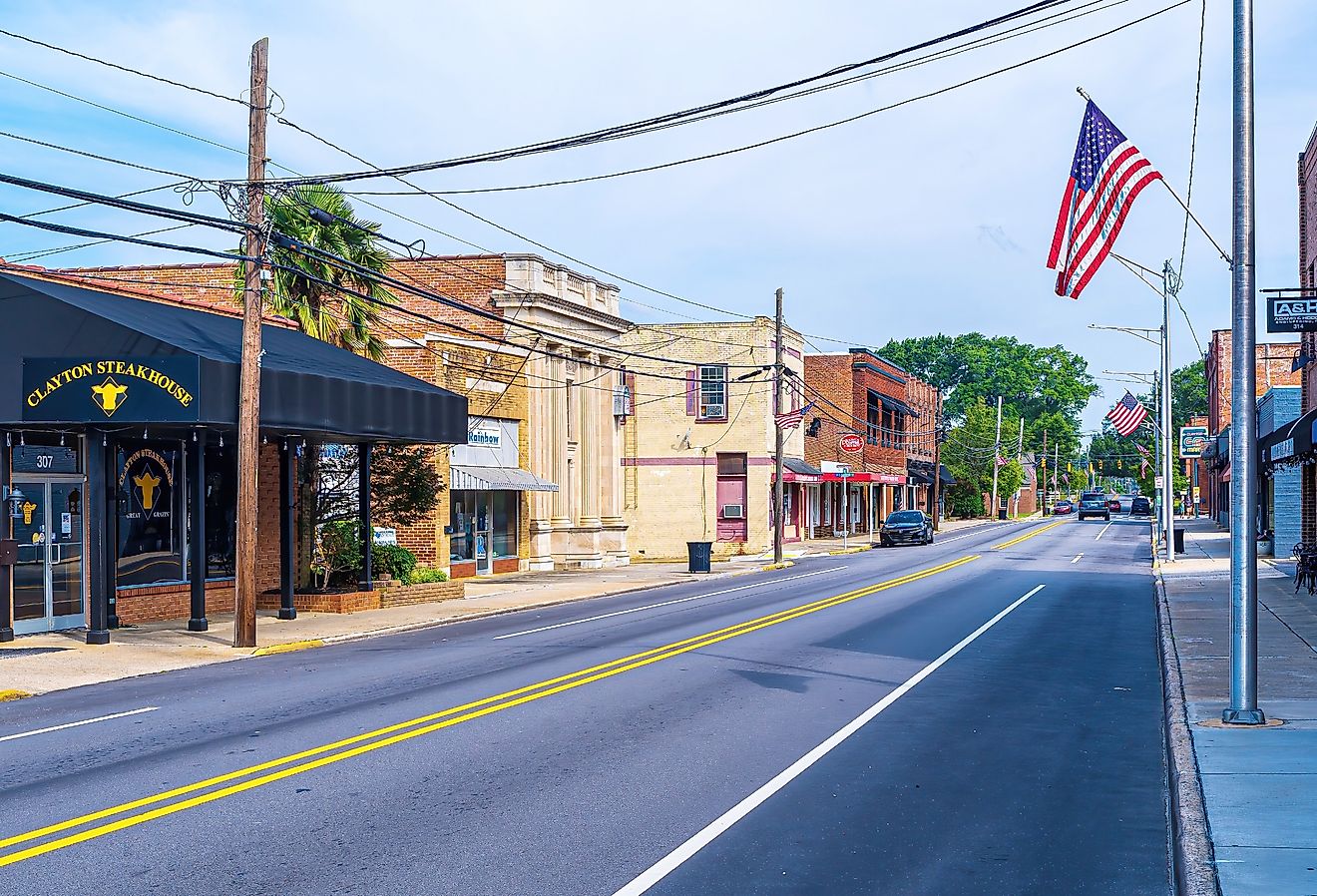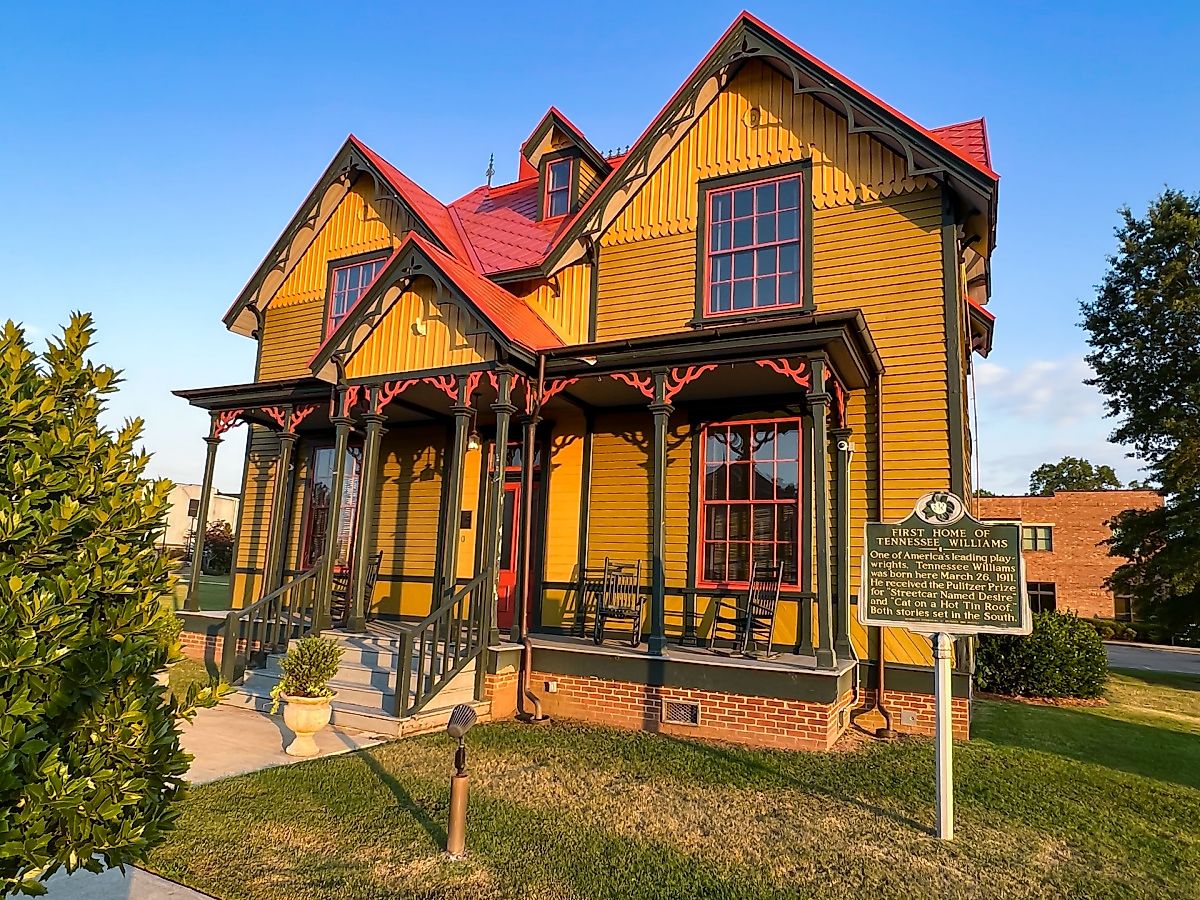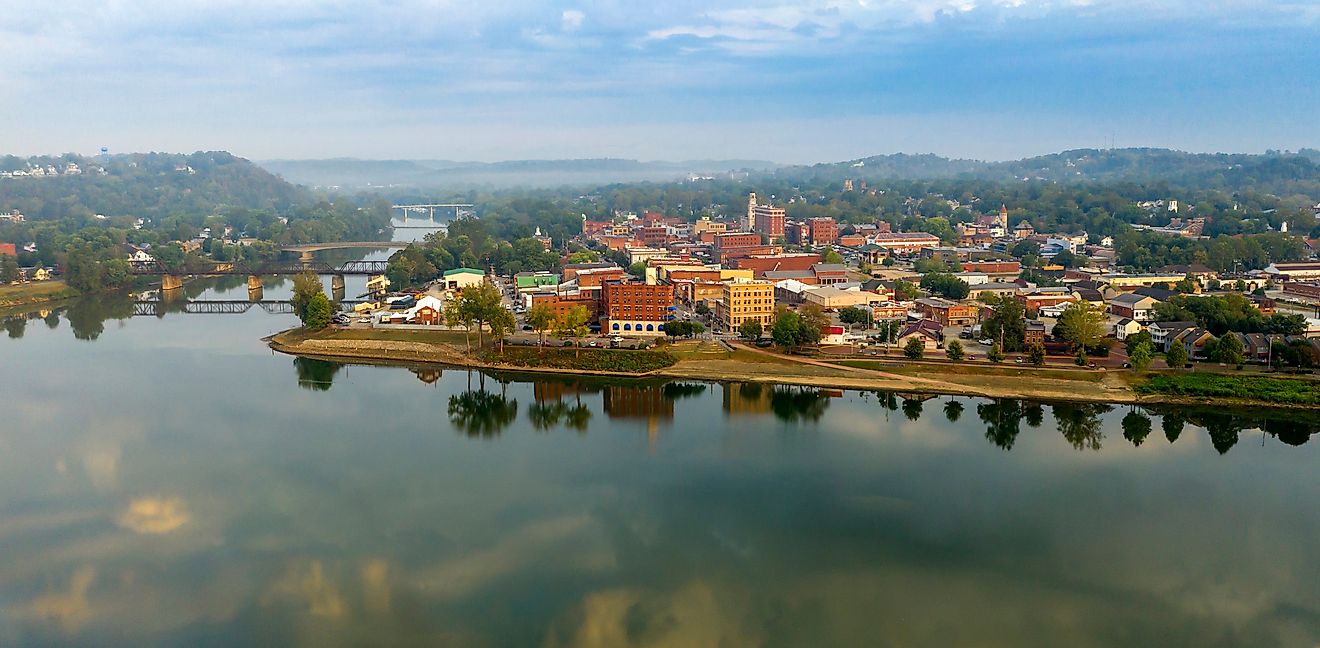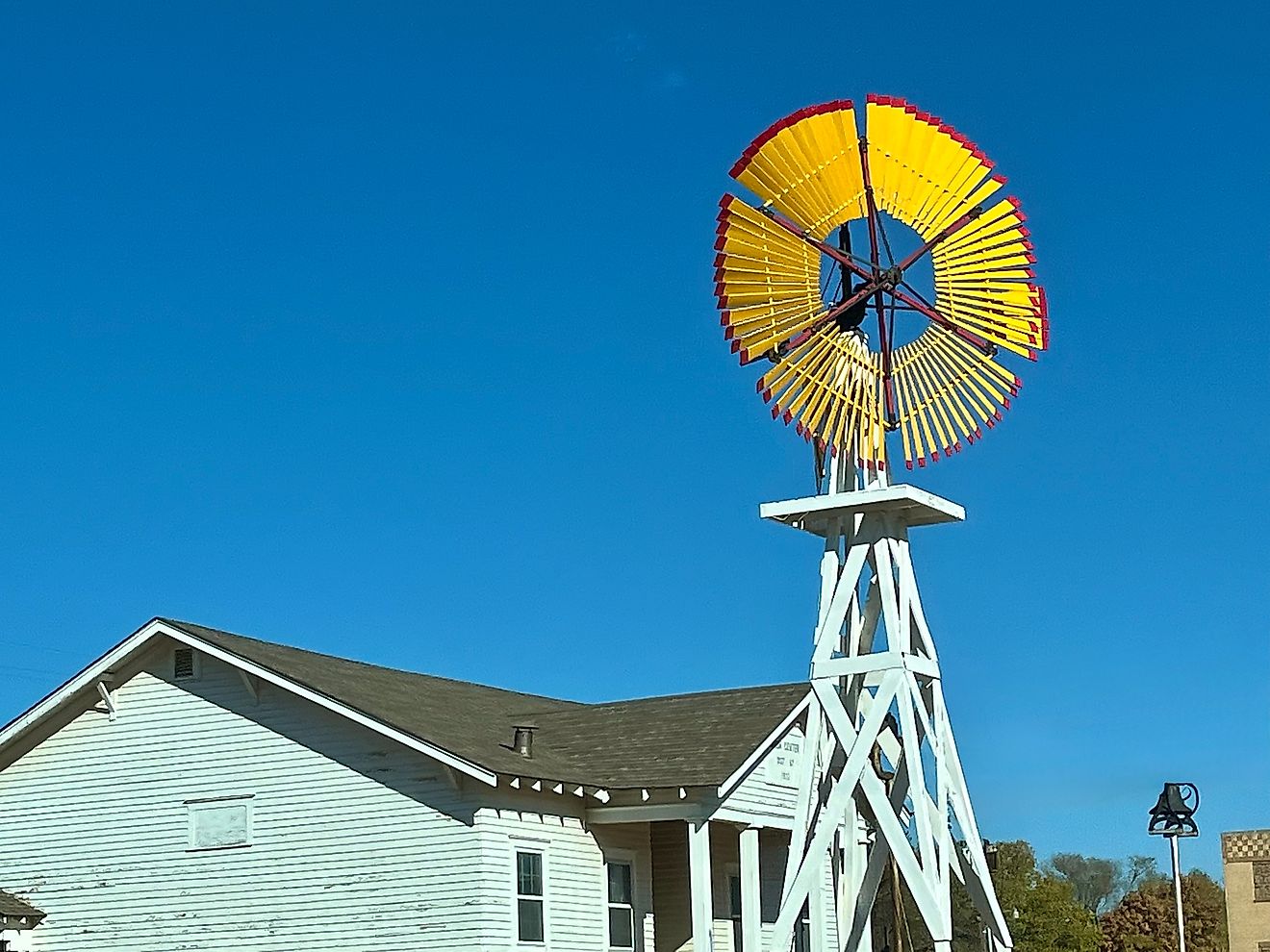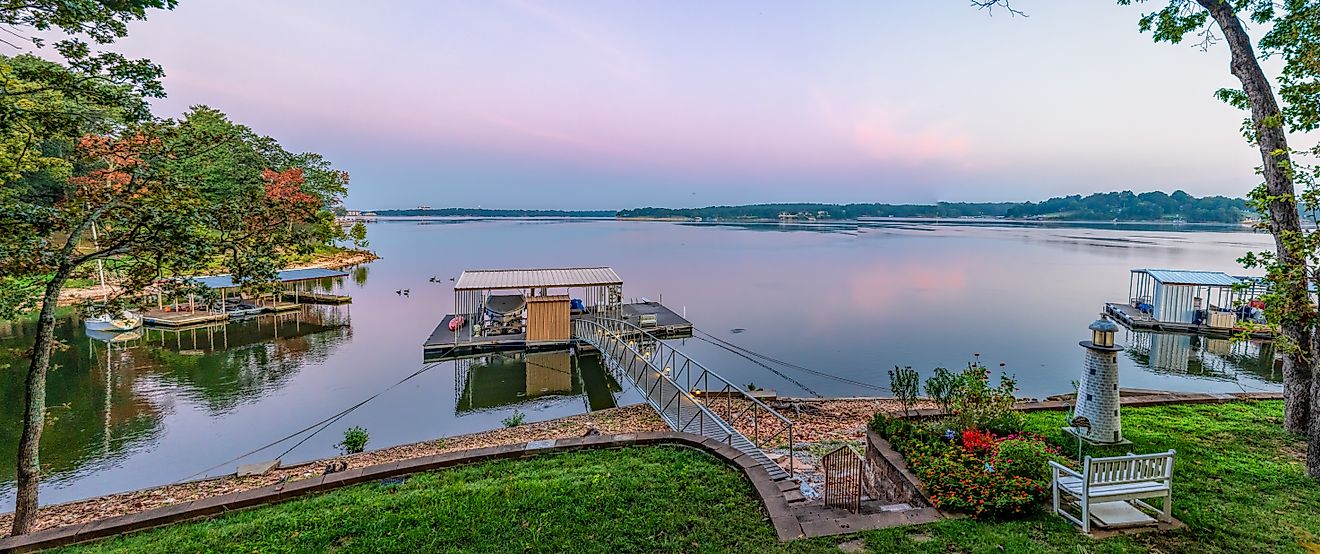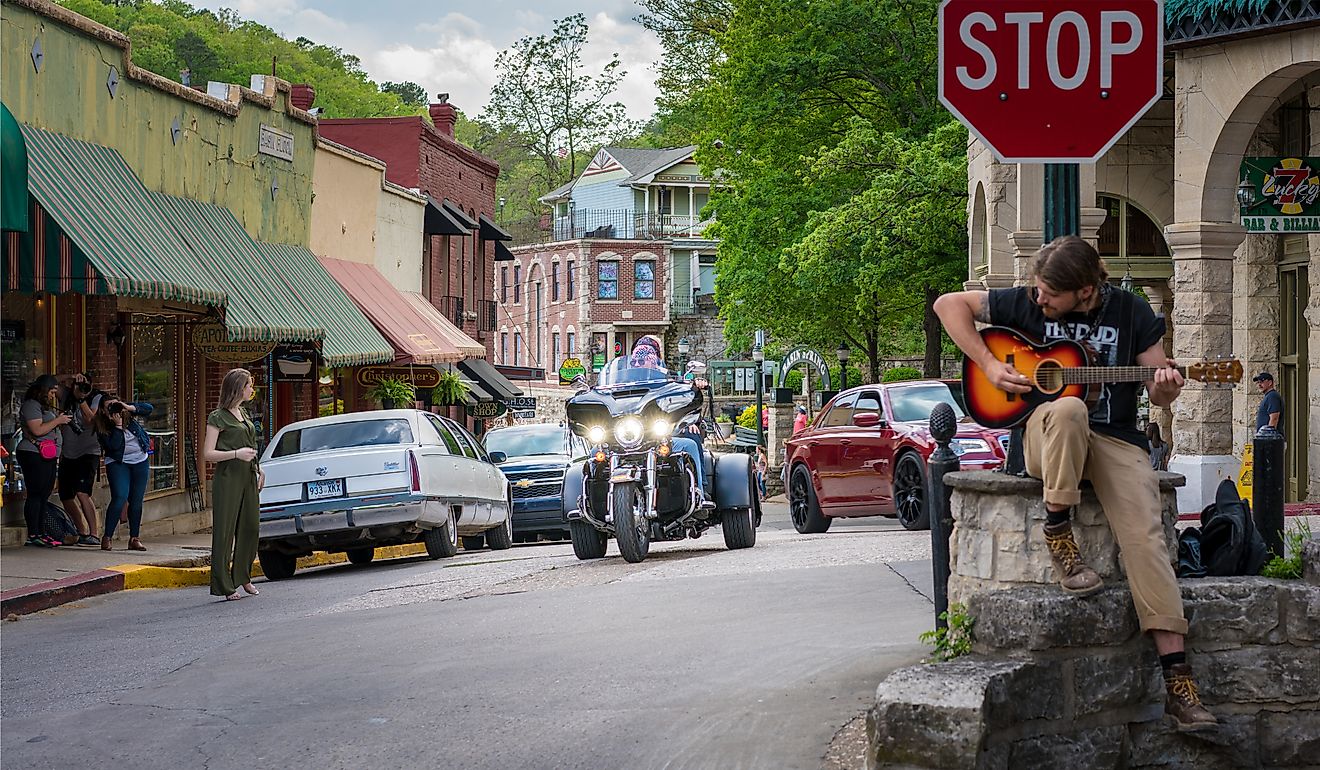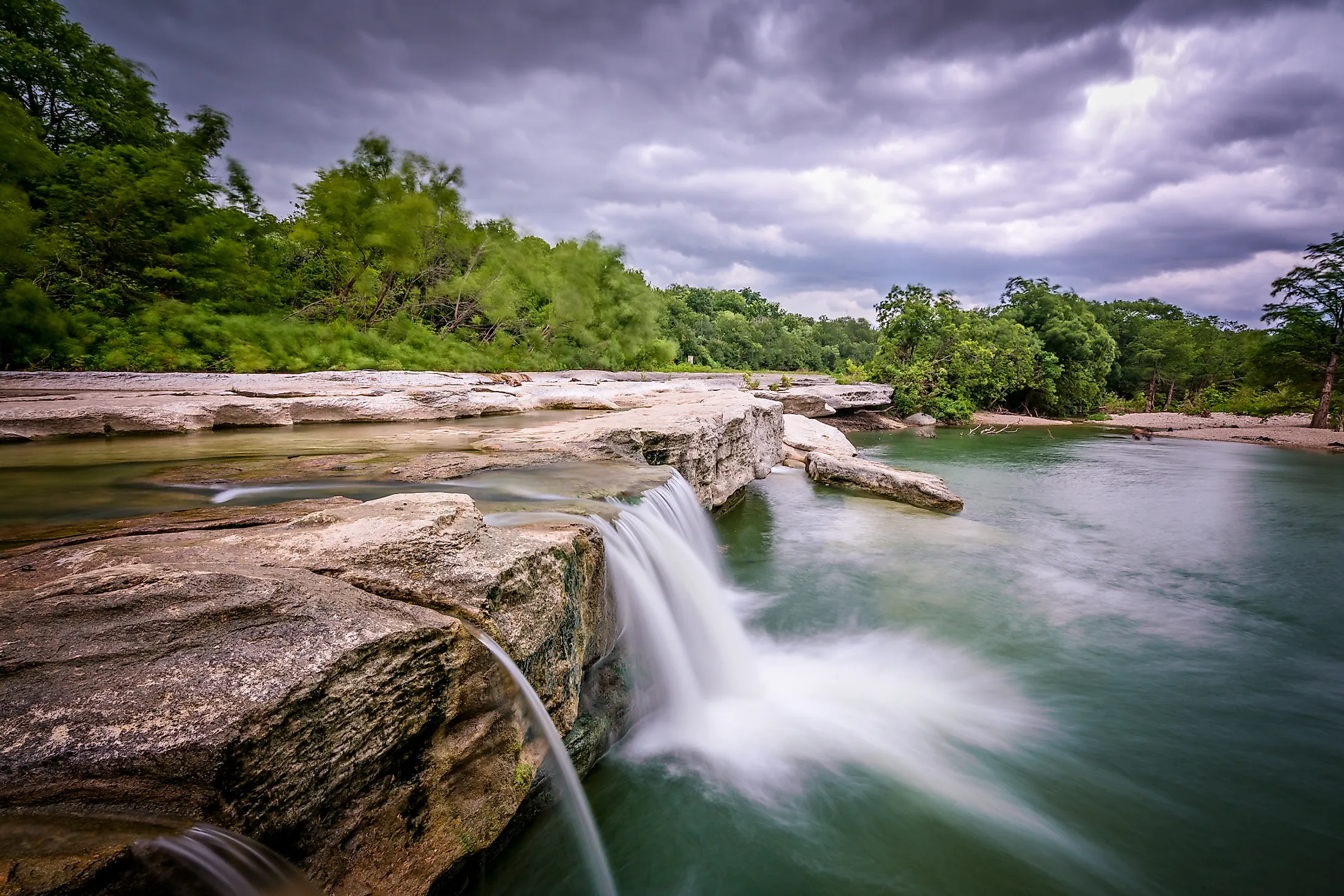
McKinney Falls State Park
Covering an area of only 3.01 sq. km, the McKinney Falls State Park is situated at the meeting point of the Williamson and Onion Creeks, about 20.9km southeast of the capital city of Austin in the US State of Texas. The State Park forms a part of the 300-year-old El Camino Real de los Tejas National Historic Trail and is currently managed by the State’s Parks and Wildlife Department. The Park has been named in the honor of the well-known rancher and businessman – Thomas Freeman McKinney and was opened to the public on April 15, 1976.
About the Park
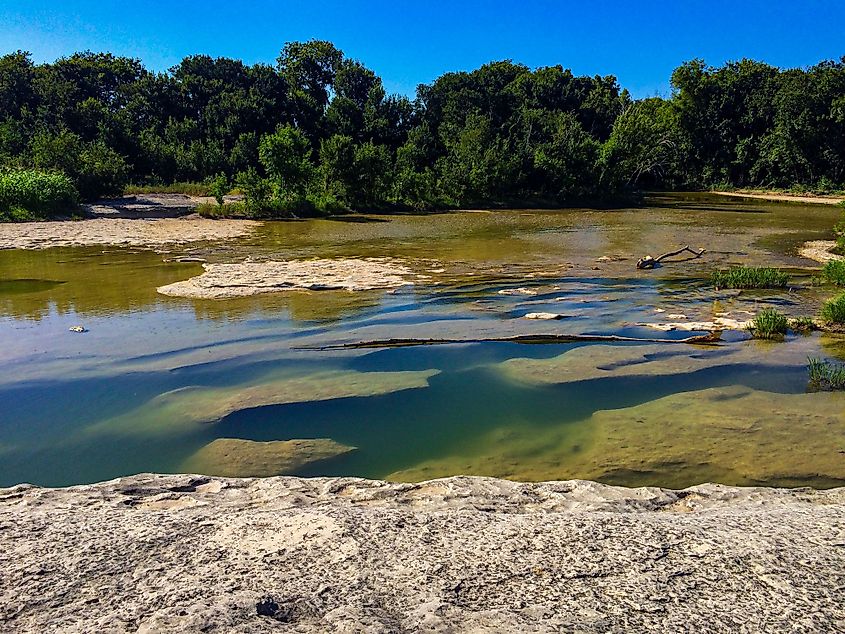
McKinney Falls State Park features over 81 campsites, 6 recently remodeled cabins as well as many designated hiking and biking trails. The State Park is well known for its smooth limestone pools and waterfalls, and the picturesque upper and lower falls that are situated along the Onion Creek are the main attractions in the State Park. The Park contains a natural limestone overhang named Smith Rock Shelter that is believed to have been used as a rock shelter by the Native Americans from the Late Archaic Period to the 18th century. In addition to this, the park also features the ruins of the McKinney homestead and gristmill, which was built by landowner Thomas Freeman McKinney between 1850 and 1852.
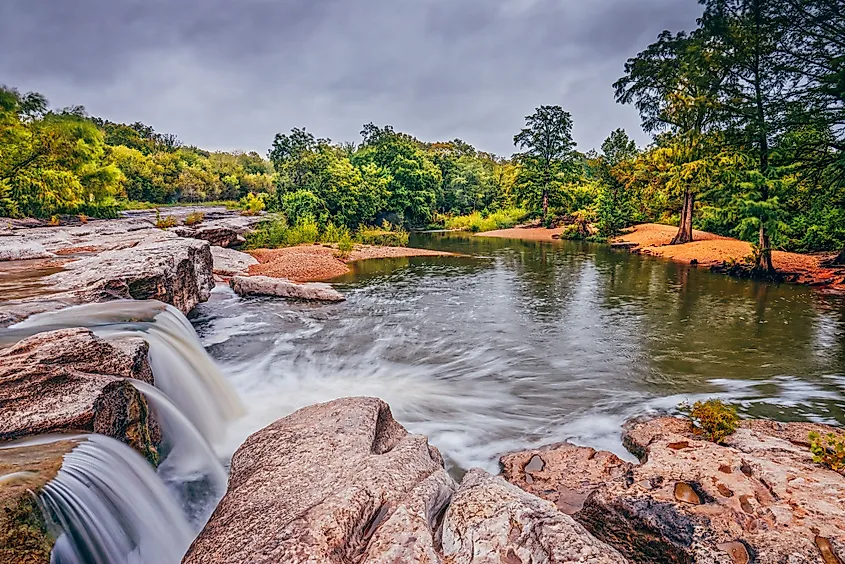
The McKinney Falls State Park offers many recreational activities like swimming, bird and wildlife watching, picnicking, bicycling, mountain biking, bouldering, and hiking. The Onion Creek which flows for about 2.73km through the park, offers swimming as well as fishing opportunities for its visitors. However, in April 1981, when many primary school children after swimming in the Onion Creek had complained of nausea and cramps, the park authorities banned swimming in the state park. Studies have revealed that the waters in the park were polluted mainly by the rainwater runoff from the upstream urban areas as well as the effluents from the Williamson Creek Wastewater Treatment Plant. As a result, the fecal coliform count in the waters became much higher compared to the permissible limits. In June 1993, after the closure of the Williamson Creek Wastewater Treatment Plant, the park authorities decided to lift the swimming ban. Nevertheless, swimming often remains restricted after heavy rainfalls due to the exceptionally high fecal coliform counts.
Flora and Fauna
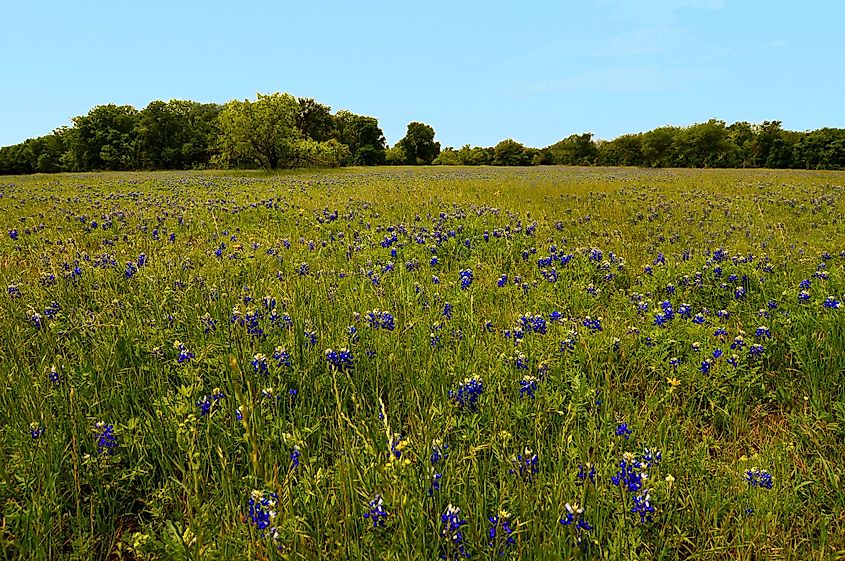
The banks of the Onion Creek are lined by sycamores, bald cypress, and pecan trees; while the drier uplands are dominated by honey mesquite, ashe juniper and Texas live oak. The state park is home to one of the oldest bald cypress trees on a State’s public land, which is estimated to be more than 500 years old. During spring, the roads are lined by the Texas Bluebonnet flowers. Some other important trees that are found here include the Texas Cedar Elm, Mexican Plum, southern red oak, white cedar, stinking ash, Texas persimmon, and cacti such as prickly pear.
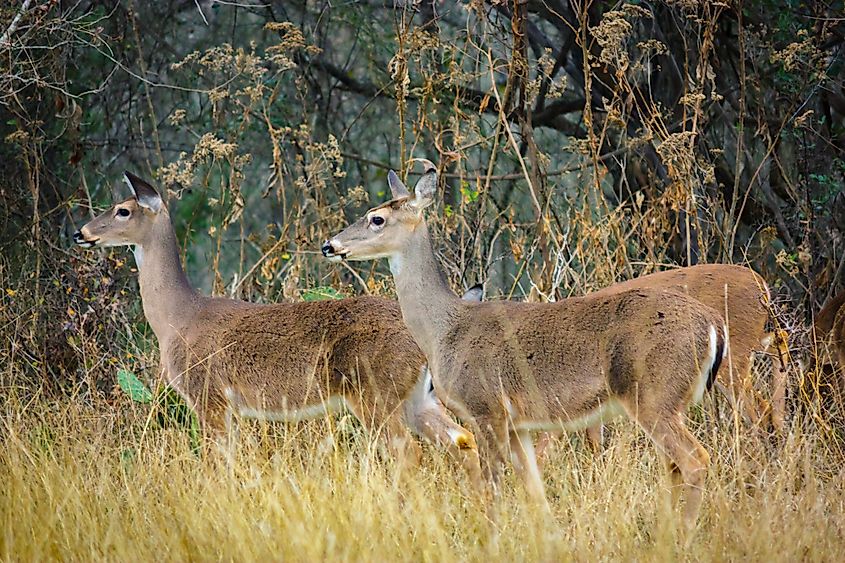
Some of the notable animals that are found in the McKinney Falls State Park include white-tailed deer, nine-banded armadillo, Bryant’s fox squirrels, cottontail rabbits, coyotes, and raccoons. Many reptiles like the Western diamondback rattlesnake, Texas rat snake, Texas indigo snake, red-eared turtle, alligator snapping turtle, and Guadalupe spiny softshell turtle are also found here. Some of the important avian species that are found in the McKinney Falls State Park include Carolina chickadee, Carolina wren, Mourning dove, Northern mockingbird, Scissor-tailed flycatcher, blue jay, painted bunting, and many more.
Brief History
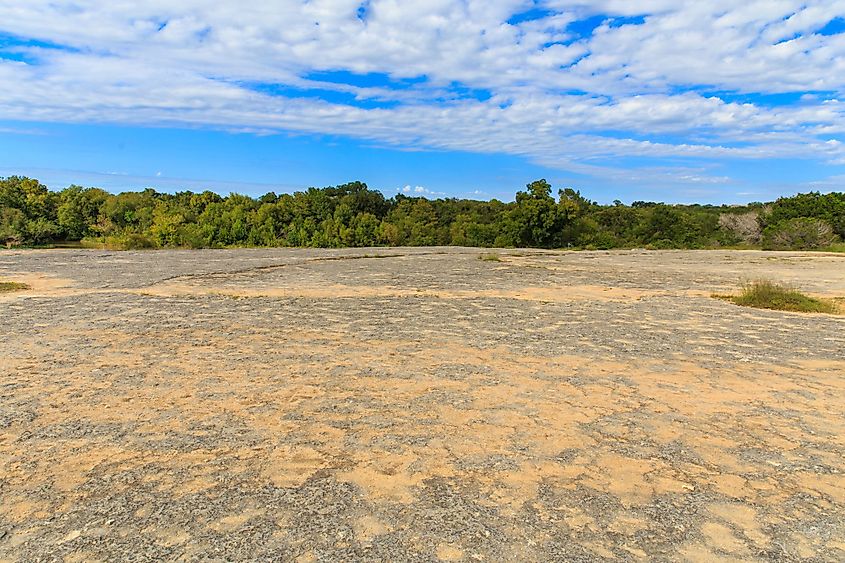
It is believed that during the Cretaceous and the early Paleogene period, a shallow subtropical sea covered most parts of Texas. Over the years, the calcium carbonate sediments that were deposited during this time, gradually lithified into limestone rocks beneath the park’s soil. Located close to the current park area, is the now-extinct “Pilot Knob” volcano. In the initial years, the volcano spewed soft volcanic debris into the surrounding subtropical sea, which eroded comparatively much faster than the hard limestone layers. This fast removal of the soft layers led to the formation of the waterfalls.
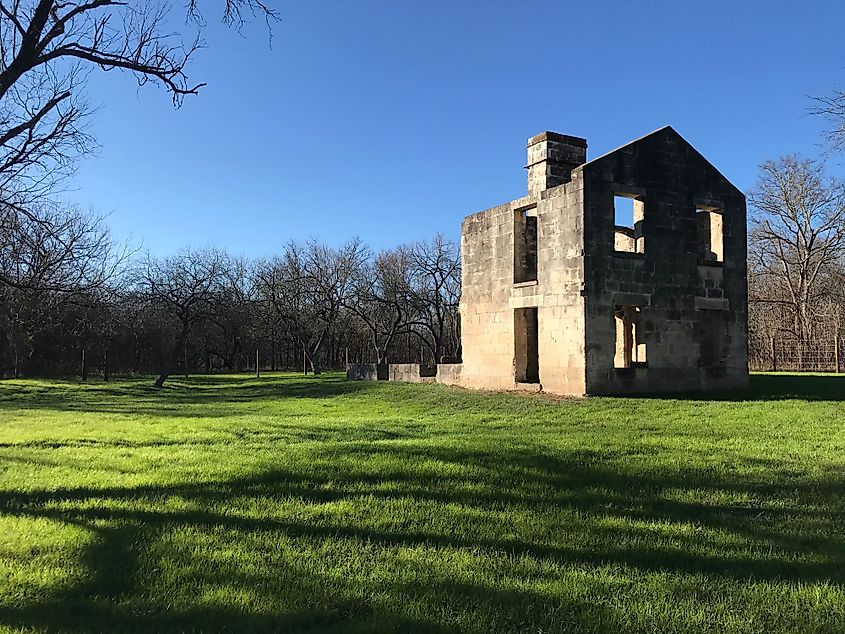
The current park area was originally inhabited by hunter-gatherers and Native Americans for thousands of years. During the colonial era, the park area was traversed by the El Camino Real de Los Tejas National Historic Trail. The Park area was initially a part of an eleven-league grant that Santiago Del Valle – the Mexican land speculator had purchased from the Government of Mexico in 1832. About ten leagues of land were acquired by the American businessman Samuel May Williams from Del Valle. In 1839, Thomas Freeman McKinney had bought about nine leagues of land from the Canadian merchant Michel Branamour Menard. In 1852, Thomas McKinney had established a stone house, barn, and a water-powered flour gristmill. In 1869, the mill was destroyed by a flood and in the late 1940s, the house was destroyed by a fire. After McKinney’s death, his widow sold most of the land to James Wood Smith, who used the land for grazing cattle and farming. In 1971, Smith’s grandchildren had donated about 2.58 sq. km of land to the State of Texas for establishing a park. The Park began to be developed after the archaeological surveys and excavations were completed and the park was dedicated by Texas Governor Dolph Briscoe on April 14, 1976.
